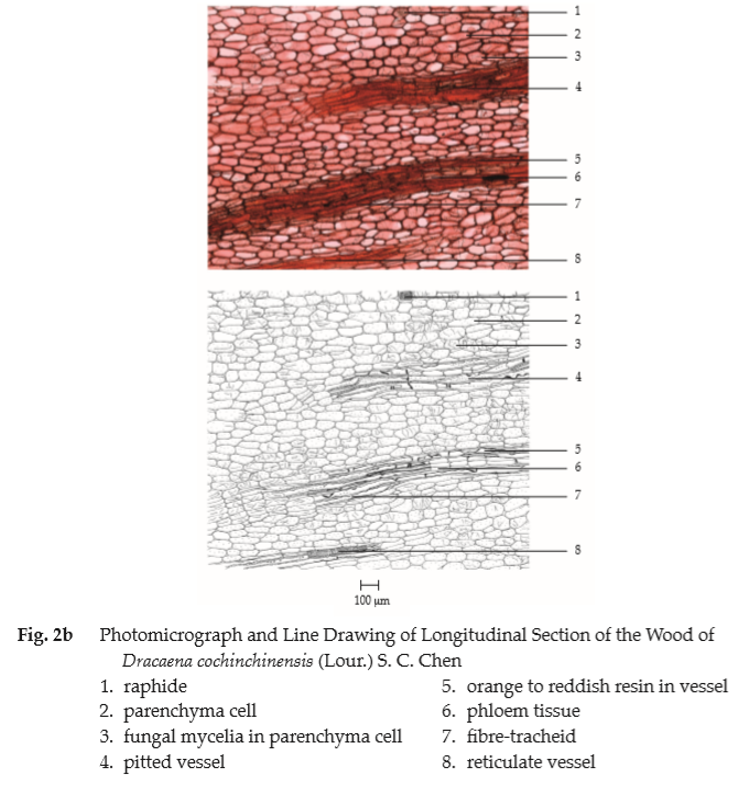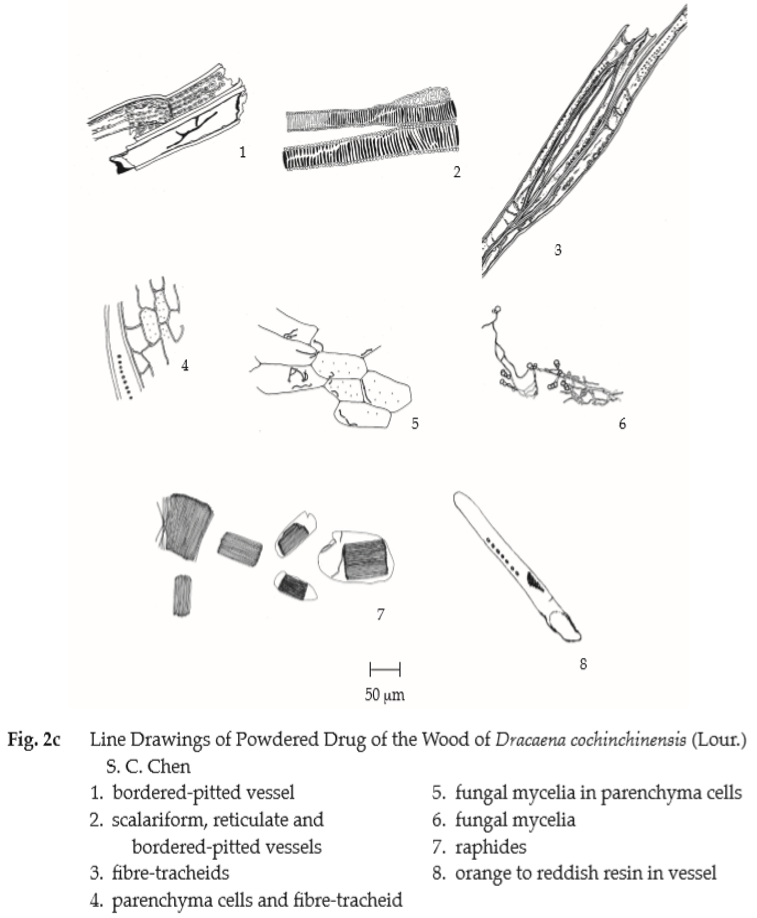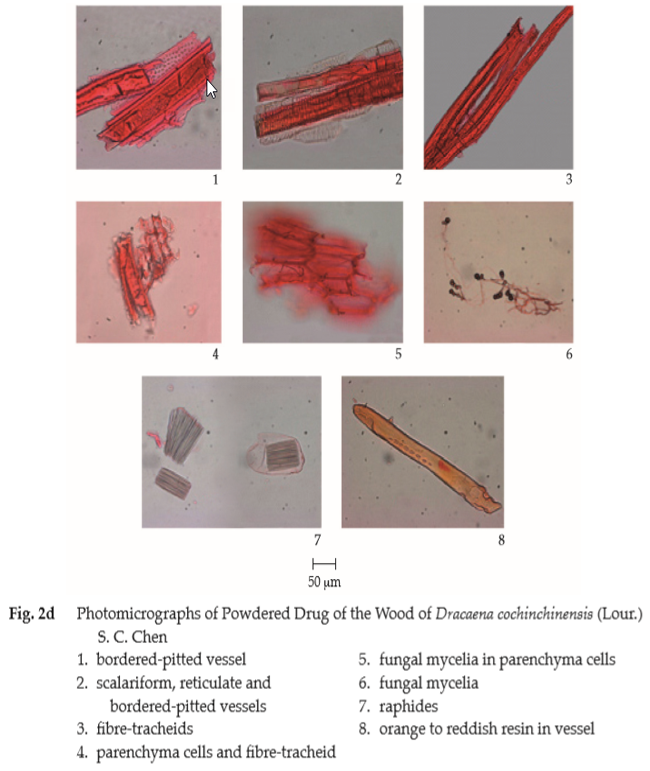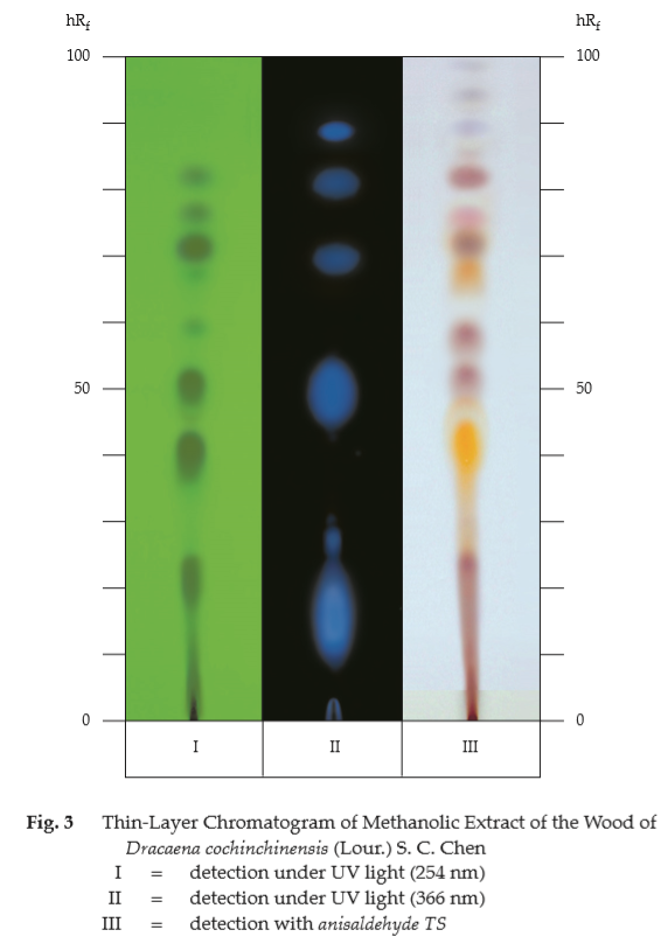ตำรามาตรฐานยาสมุนไพรไทย
Thai Herbal Pharmacopoeia
สำนักยาและวัตถุเสพติด กรมวิทยาศาสตร์การแพทย์ กระทรวงสาธารณสุข
Bureau of Drug and Narcotic, Department of Medical Sciences, Ministry of Public Health(Tinospora crispa (L.) Hook.f. & Thomson)
(Nelumbo nucifera Gaertn.)
(Centella asiatica (L.) Urb.)
(Centella Dry Extract)
(Centella Cream)
(Mesua ferrea L.)
(Piper sarmentosum Roxb.)
(Piper sarmentosum Roxb.)
(Pterocarpus santalinus L. f.)
(Santalum album L.)
(Senna tora (L.) Roxb.)
(Senna alata (L.) Roxb.)
(Senna Alata Tea)
(Piper retrofractum Vahl)
(Myristica fragrans Houtt)
(Andrographis paniculata (Burm. f.) Nees)
(Andrographis Capsules)
(Allium ascalonicum L.)
(Ocimum tenuiflorum L.)
(Curcuma longa L.)
(Turmeric Capsules)
(Turmeric Dry Extract)
(Turmeric Dry Extract Capsules)
(Arcangelisia flava (L.) Merr.)
(Curcuma sp.)
Harrisonia perforata (Blanco) Merr.
(Aristolochia pierrei Lecomte)
(Zingiber officinale Roscoe)
(Ginger Capsules)
(Ginger Tea)
(Cassia fistula L.)
(Nardostachys jatamansi (D. Don) DC.)
(Angelica sinensis (Oliv.) Diels)
Artemisia annua L.
(Ligusticum sinense Oliv. cv. Chuanxiong)
(Neopicrorhiza scrophulariiflora Pennell)
(Atractylodes lancea (Thunb.) DC.)
(Aucklandia lappa Decne)
(Terminalia chebula Retz.)
(Angelica dahurica (Hoffm.) Benth. & Hook. f. ex Franch. & Sav. var. dahurica)
(Kaempferia parviflora Wall. ex Baker)
(Hibiscus sabdariffa L.)
(Roselle Tea)
(Allium sativum L.)
(Zingiber zerumbet (L.) Sm.)
(Wurfbainia testacea (Ridl.) Škorničk.& A. D. Poulsen)
(Cannabis sativa L.)
(Myristica fragrans Houtt)
(Dracaena cochinchinensis (Lour.) S. C. Chen)
(Ficus racemosa L.)
(Hyptis suaveolens (L.) Poit.)
Clerodendrum indicum (L.) Kuntze
(Phyllanthus emblica L.)
(Citrus hystrix DC.)
(Citrus hystrix DC.)
(Areca catechu L.)
(Momordica charantia L.)
Moringa oleifera Lam.
(Aegle marmelos (L.) Corrêa)
(Solanum trilobatum L.)
(Morus alba L.)
Gynostemma pentaphyllum(Thunb.)
Makino
(Clinacanthus nutans (Burm. f.) Lindau)
(Cissus quadrangularis L.)
(Mimusops elengi L.)
(Zingiber montanum (J. König) Link. ex A. Dietr.)
(Piper betle L.)
(Capsicum annuum L.)
(Capsicum Oleoresin)
(Capsicum Gel)
(Piper nigrum L.)
(Piper nigrum L.)
(Eurycoma longifolia Jack)
(Thunbergia laurifolia Lindl.)
(Piper wallichii (Miq.) Hand.-Mazz.)
Senna garrettiana (Craib) H. S. Irwin & Barneby
(Terminalia bellirica (Gaertn.) Roxb.)
(Terminalia chebula Retz.)
(Caesalpinia bonduc (L.) H. Roxb.)
(Tarlmounia elliptica (DC.) H. Rob., S. C. Keeley, Skvaria & R. Chan)
(Hog Creeper Vine Dry Extract Capsiles)
(Hog Creeper Vine Dry Extract)
(Brachypterum scandens (Roxb.) Miq.)
(Lepidium sativum L.)
(Nigella sativa L.)
(Cuminum cyminum L.)
(Foeniculum vulgare Mill.)
(Plantago ovata Forssk.)
(Pimpinella anisum L.)
(Carum carvi L.)
(Anethum graveolens L.)
(Trachyspermum ammi (L.) Sprague)
Albizia procera (Roxb.) Benth.
(Acorus calamus L.)
(Tiliacora triandra (Colebr.) Diels)
Cyanthillium cinereum (L.) H. Rob.
(Orthosiphon aristatus (Blume) Miq.)
Murdannia loriformis (Hassk.) R. S. Rao & Kammathy
(Capparis micracantha DC.)
(Chrysopogon zizanioides (L.) Roberty)
(Cyperus rotundus L.)
(Cannabis sativa L.)
(Syzygium aromaticum (L.) Merr. & L. M. Perry)
(Boesenbergia rotunda (L.) Mansf.)
(Acanthus ebracteatus Vahl)
(Acanthus ilicifolius L.)
(Kaempferia galanga L.)
(Curcuma comosa Roxb.)
Betula alnoides Buch.-Ham. ex D. Don
Cannabis sativa L.
Carthamus tinctorius L
Mitragyna speciosa (Korth.) Havil
Mallotus repandus (Rottler) Müll. Arg
Azadirachta indica A. Juss. var. siamensis Valeton
Azadirachta indica A. Juss. var. siamensis Valeton
Punica granatum L.
Rhinacanthus nasutus (L.) Kurz
Baliospermum solanifolium (Burm.) Suresh
Curcuma aeruginosa Roxb
Boesenbergia kingii Mood & L. M. Prince
Senegalia rugata (Lam.) Britton & Rose
Acacia concinna (Willd.) DC.
Senegalia rugata (Lam.) Britton & Rose
Acacia concinna (Willd.) DC.
Senna alexandriana Mill. var. alexandriana
Cassia acutifolia Delile, Cassia angustifolia Vahl
Butea superba Roxb. ex Willd.
[Plaso superba (Roxb. ex Willd.) Kuntze, Rudolphia superba (Roxb. ex Willd.) Poir.
Pueraria candollei Graham
ex Benth. var. mirifica (Airy Shaw & Suvat.) Niyomdham
Streblus asper Lour.
Suregada multiflora (A. Juss.) Baill. (Gelonium
multiflorum A. Juss.
Dracaena Cochinchinensis Wood is the dried reddish fungal-infected wood of Dracaena cochinchinensis (Lour.) S. C. Chen (Aletris cochinchinensis Lour., Dracaena loureiroi Gagnep., Pleomele cochinchinensis Merr. ex Gagnep.) (Family Dracaenaceae), Herbarium Specimen Number: DMSC 5179, BKF 168152, Crude Drug Number: DMSc 0934.
Constituents Dracaenae Cochinchinensis Lignum contains flavonoids such as loureirin A and loureirin B, stilbenoids, steroids, etc.
Description of the plant (Figs. 1a, 1b) Tree 5 to 15 m tall; stem more or less branched, internodes short, bark smooth, greyish white, becoming greyish brown with age. Leaves simple, spirally arranged, crowded at the top, sword-shaped, 30 to 100 cm long, 2 to 5 cm wide, apex acute, base completely covering internodes, margin entire, blade leathery. Inflorescence terminal, panicle, more than 40 cm long, drooping; rachis densely papillosepubescent. Flower whitish, in clus ters of 2 to 5; pedicel 3 to 6 mm long, articulate dis tally; perianth campanulate, 6 to 8 mm long, tube 1.5 to 2 mm long, lobes 6, 5 to 6 mm long; s tamens 6, inserted in tube of perianth, filament reddish, flat, 0.5 to 0.7 mm wide, anther versatile; ovary superior, 3-loculed, ovule(s) 1 or 2 per locule, style slender, stigma capitate. Fruit berry, subglobose, 8 to 12 mm wide, orange when ripe. Seeds 1 to 3.
Description Odour, slightly aromatic; taste, slightly astringent.
Macroscopical (Fig. 1a) Irregular pieces of woody segment, smooth or rough, easily broken, brownish red; longitudinal surface spirally grained.
Microscopical (Figs. 2a, 2b, 2c, 2d) Transverse section of the wood shows parenchyma cells and scattered vascular bundles. Vascular bundle, concentric and amphivasal, surrounded by thick-walled fibre-tracheids; vessels, thick-walled, with orange to reddish resinous mass; phloem tissue, small and thin-walled, located in the centre. Parenchyma cells, thin-walled, round or ovate, some containing raphides or infected by fungal mycelia.
Longitudinal section of the wood shows parenchyma cells and vascular bundles. Vessels, elongated, thick-walled with scalariform, reticulate or bordered pits, some containing orange to reddish resinous mass. Fibre-tracheid, elongated, thick-walled with bordered pits, some containing orange to reddish resinous mass. Phloem tissue, elongated, thin-walled cells. Parenchyma cell, ovate or rectangular, slightly thick-walled, some containing raphides or fungal mycelia.
Dracaena Cochinchinensis Wood in powder possesses the diagnostic microscopical characters of the unground drug.
1 The four Thai names, i.e. ลักกะจั่น, ลักจันทน์, and ลักกะจันทน์, spelled and pronounced differently can be transcribed into the same English phonetic transcription “LAKKACHAN”.






Additional information It commercially available as a subsitute for Chan Daeng (red sandalwood) in Thai traditional medicine.
Packaging and storage Dracaena Cochinchinensis Wood shall be kept in well-closed containers, protected from light, and stored in a dry place.
Identification
A. Reflux 1 g of the sample, in powder, with 30 mL of methanol for 30 minutes and filter
solution 1). Evaporate 2 ml of solution 1 to dryness. Dissolve the residue in 1 mL of acetic anhydride, slowly add a few drops of sulfuric acid and mix: a green colour develops.
B. Carry out the test as described in the “Thin-Layer Chromatography” (Appendix 3.1), using silica gel GF254 as the coating substance and a mixture of 50 volumes of hexane, 50 volumes of ethyl acetate and 2.5 volumes of methanol as the mobile phase. Apply to the plate, 5 μL of the test solution prepared by evaporating about 20 mlL of solution 1 to dryness and dissolving the residue in 2 mL of methanol. After removal of the plate, allow it to dry in air and examine under ultraviolet light (254 nm), marking the quenching spots. Subsequently examine the plate under ultraviolet light (366 nm) through the cut-off filter; several blue fluorescent spots are observed. Spray the plate with anisaldehyde TS and heat at 110° for 10 minutes; several spots of different colours appear (Table 1); see also Fig. 3.
Table 1 hRf Values of Components in Methanolic Extract of the Wood of Dracaena cochinchinensis (Lour.) S. C. Chen
| Spot | hRf Value | Detection | ||
| UV 254 | UV 366 | Anisaldehyde TS | ||
| 1 2 3 4 5 6 7 8 9 10 11 12 13 |
16-19 19-22 33-44 45-52 56-62 65-69 69-72 72-74 74-79 79-82 87-90 95-96 97-98 |
- quenching quenching quenching weak quenching weak quenching - quenching weak quenching weak quenching - - - |
bright blue - - blue - - light blue - - light blue blue - - |
- purplish brown orange purplish brown purplish brown orange - purplish brown pink purplish brown pale violet pale violet pale violet |
Loss on drying Not more than 9.0 per cent w/w after drying at 105° to constant weight (Appendix 4.15).
Foreign matter Not more than 0.5 per cent w/w (Appendix 7.2).
Total ash Not more than 1.2 per cent w/w (Appendix 7.7).
Ethanol-soluble extractive Not less than 17.0 per cent w/w (Appendix 7.12).
Water-soluble extractive Not less than 2.0 per cent w/w (Appendix 7.12).
